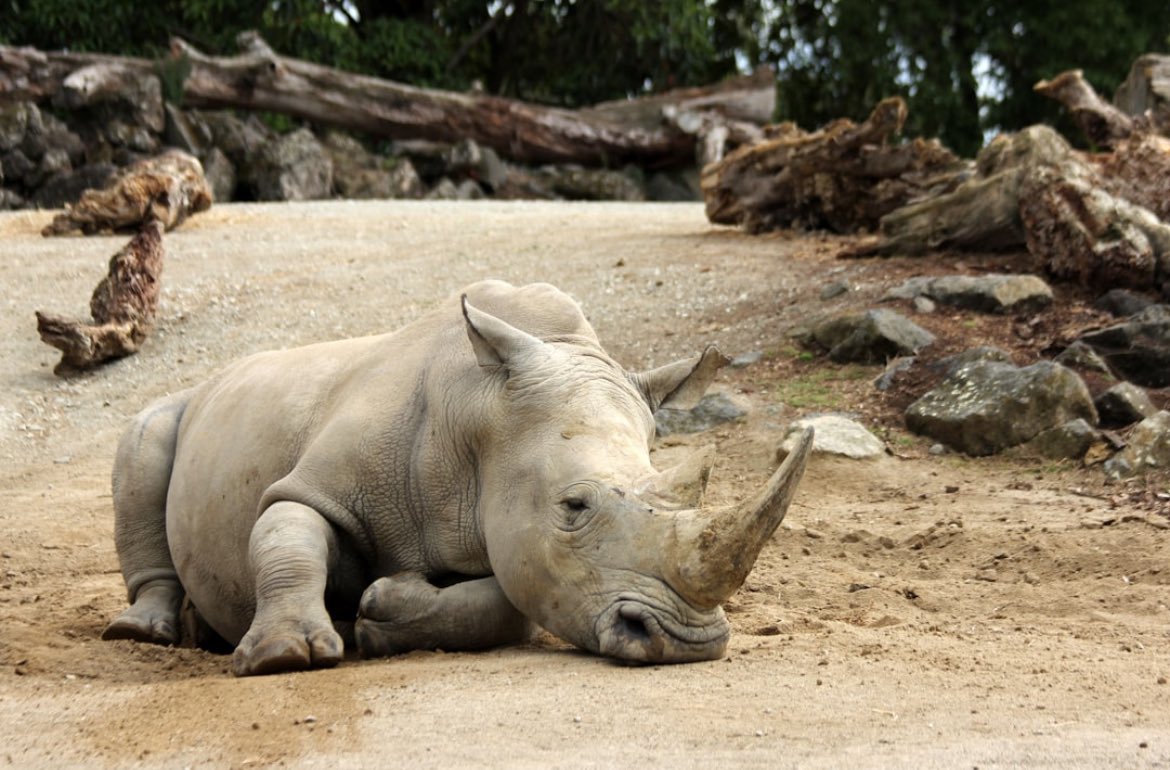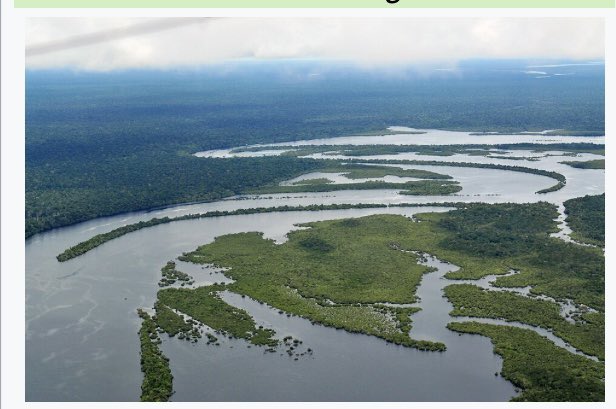Just in the western United States, an area the size of Yellowstone National Park is destroyed by development every 5 years.
1/8
1/8

Growing up, my parents enjoyed their annual trips to Reno, Nevada. My dad relished gambling, while my mom loved to shop. At that time, I would estimate the footprint of Reno/Sparks to be around 10 square miles.
2/8
2/8

Fast forward 50 years, and the landscape has changed dramatically. The footprint of Reno/Sparks has expanded conservatively by about 10 miles in every direction, resulting in a current area of approximately 433 square miles, representing a 4230% increase.
3/8
3/8

In comparison, the growth of Las Vegas has surpassed that of Reno. Originally covering about 20 square miles, the city has now expanded roughly 15 miles in every direction, resulting in a current footprint of approximately 966 square miles.
4/8
4/8

Additionally, the combined footprints of smaller cities like Elko, Battle Mountain, and Winnemucca have grown by around 600 square miles. Overall, the footprint growth of the five largest cities in Nevada over the past half-century has destroyed about 2,000 square miles.
5/8
5/8

The added expansion from smaller towns, mining activities, highway developments, and renewable energy projects means that wildlands equivalent to the size of Yellowstone National Park have been lost just in Nevada in 50 years.
6/8
6/8

Growth in almost all other western states like California, Montana, Oregon, and Colorado has been greater than Nevada. Imagine killing all of the birds, mammals, plants, amphibians, & fish and destroying their habitat in Yellowstone National Park every five years.
7/8
7/8

@threadreaderapp unroll
• • •
Missing some Tweet in this thread? You can try to
force a refresh




















